European defence ministers and senior officials held urgent talks on Friday over plans to create a “drone wall” along NATO’s eastern flank, amid mounting concern about alleged Russian incursions into allied airspace. The meeting, chaired by EU Defence Commissioner Andrius Kubilius and joined by NATO representatives includes Bulgaria, Denmark, Estonia, Finland, Hungary, Latvia, Lithuania, Poland, Romania, Slovakia and Ukraine.
The immediate focus is on addressing the rising number of rogue drone sightings and confirmed violations of airspace across the region. Russian drones have recently entered Lithuanian, Polish and Romanian territory while airports in Denmark were temporarily shut this week after unidentified drones appeared nearby. The bloc is also alarmed by a surge in unexplained drone activity over Danish territory earlier this month.
A race to plug gaps in Europe’s defences
Several frontline countries including Finland, Estonia, Latvia, Lithuania and Poland have already been working on their own drone wall initiative. However, an earlier request for EU funding by Estonia and Lithuania was rejected in March. Since then, the frequency of drone incidents has increased, underscoring vulnerabilities in Europe’s security architecture.
NATO jets scrambled on 10 September to shoot down a swarm of about 20 Russian drones that breached Polish airspace in what officials called the most serious violation since Moscow’s 2022 invasion of Ukraine.
Similar incursions were reported in Estonia, Romania and Latvia this month. Russia has either denied responsibility or dismissed them as accidents, but EU and NATO leaders have described the pattern as deliberate provocations.
Kubilius said Friday’s talks aim to assess what equipment countries already possess, identify gaps in detection and response, and explore how EU resources could be mobilised. The immediate priority is developing shared systems to spot and track small drones and devising common rules of engagement. EU leaders are expected to discuss the conclusions at a Copenhagen summit next week.
Impact Shorts
More ShortsEuropean Commission President Ursula von der Leyen has backed the idea, describing the project as “the bedrock of credible defence.” She announced earlier this month that €6 billion ($7 billion) would be earmarked for a new drone alliance with Ukraine, whose military has made extensive use of drones to degrade Russian forces.
Russia’s motives and NATO’s dilemma
The wave of intrusions has sparked debate about Russia’s intentions. Analysts argue Moscow may be testing NATO’s readiness, probing for weaknesses or attempting to divert resources from Ukraine’s defence. Estonia described a recent fighter jet incursion into its airspace as “unprecedently brazen,” while experts warn the Kremlin could be engaging in coercive signalling to deter Western security guarantees for Kyiv.
NATO allies have responded with bolstered air defence patrols, though divisions remain over how aggressively to counter future breaches. Poland has vowed to shoot down any object entering its skies, but NATO Secretary-General Mark Rutte said responses would depend on intelligence assessments. U.S. President Donald Trump has alternated between caution and tougher language, leaving some European leaders uneasy about Washington’s commitment.
As EU and NATO officials push ahead with the drone wall initiative, the central question is whether Europe can translate urgency into coordinated action and whether Russia will escalate its testing of allied resolve.
With inputs from agencies


)
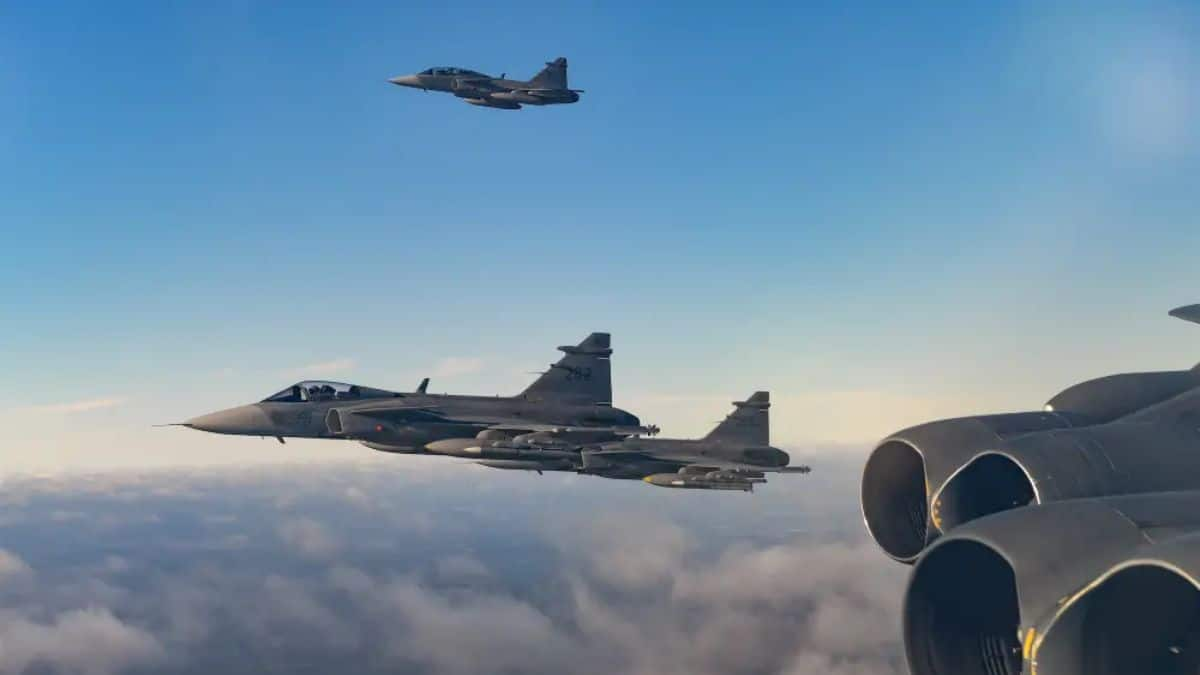
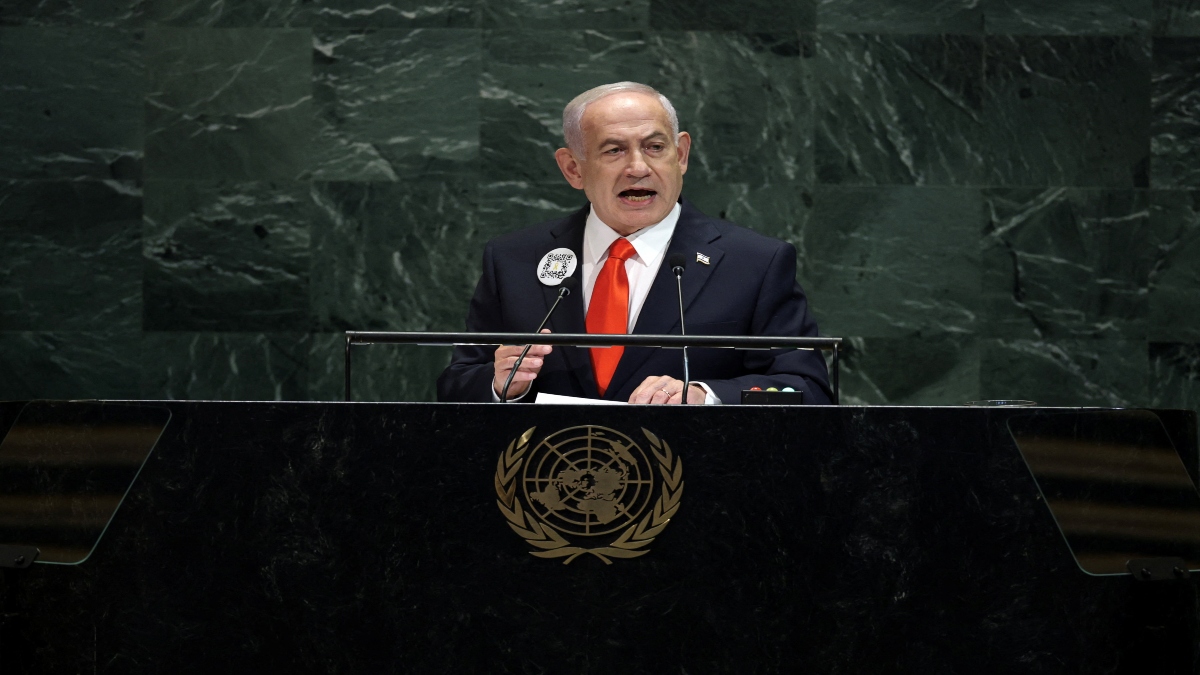)
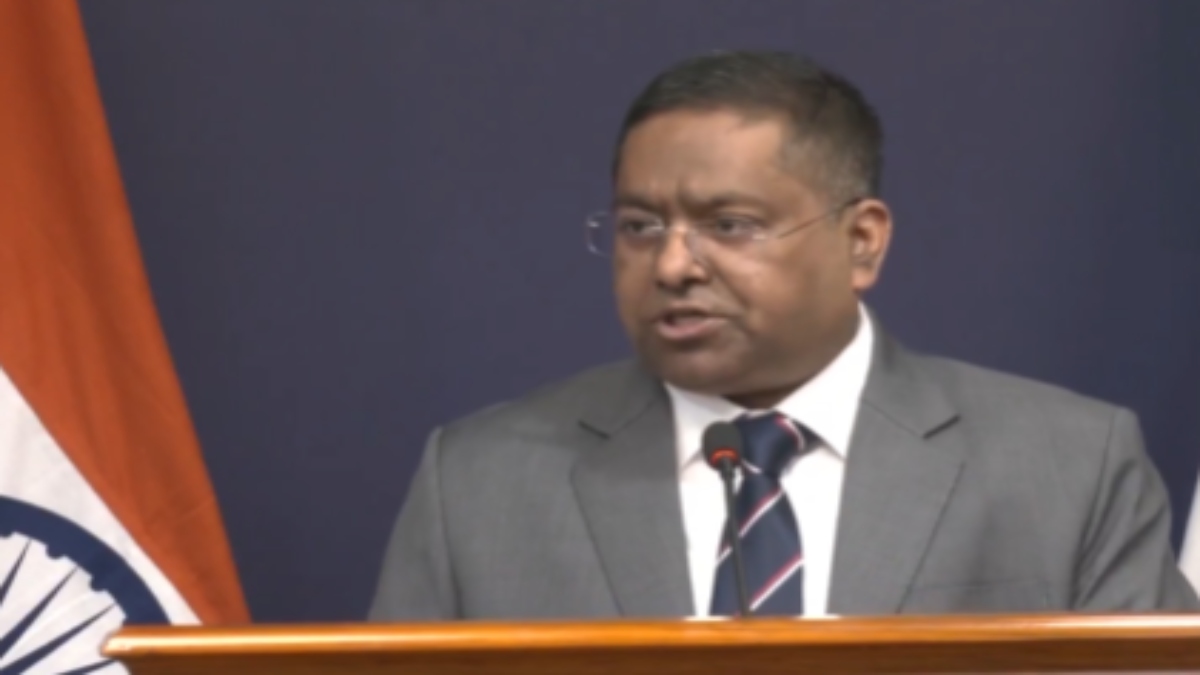)
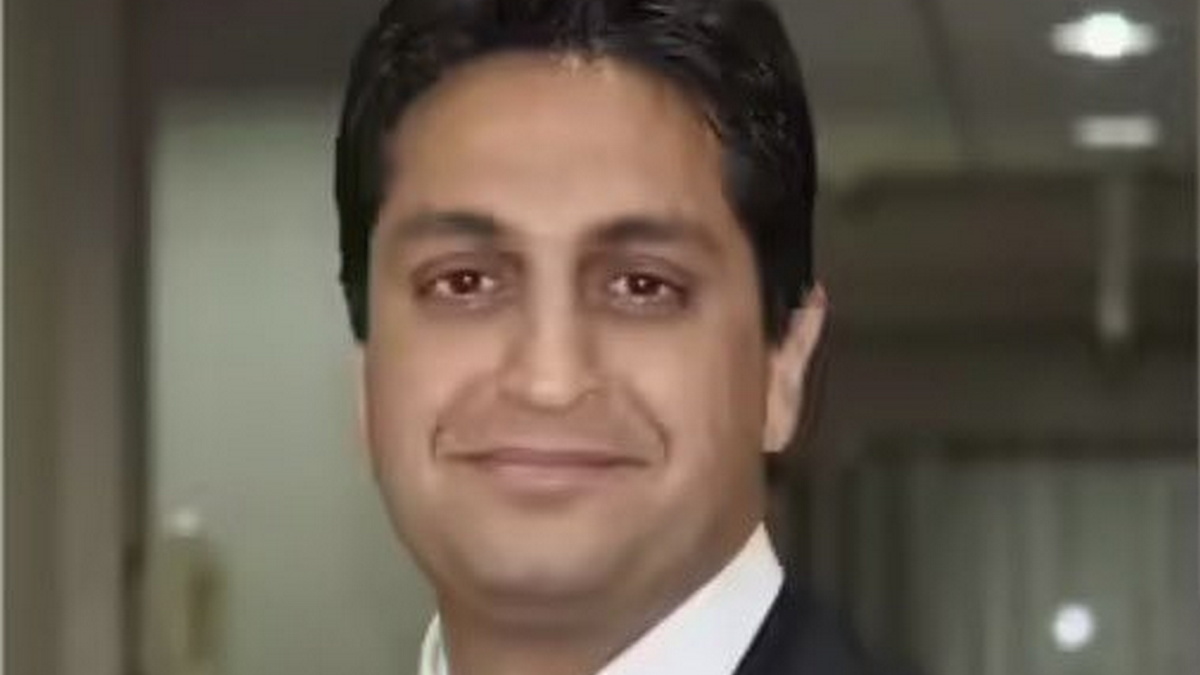)
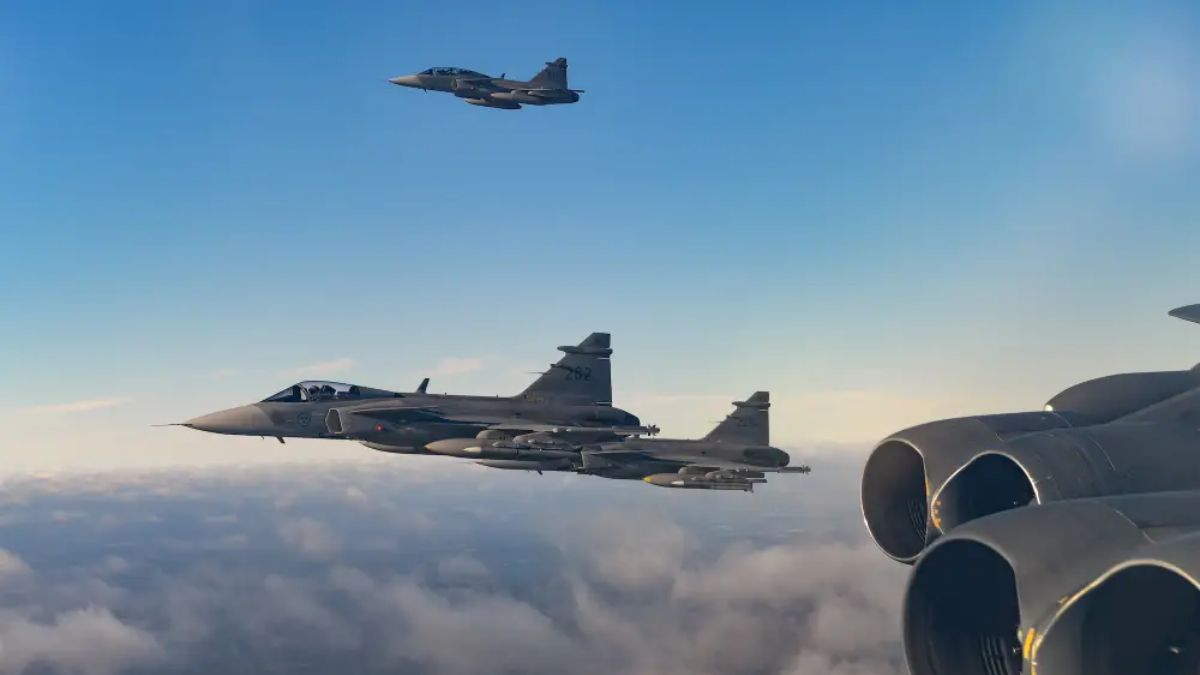)
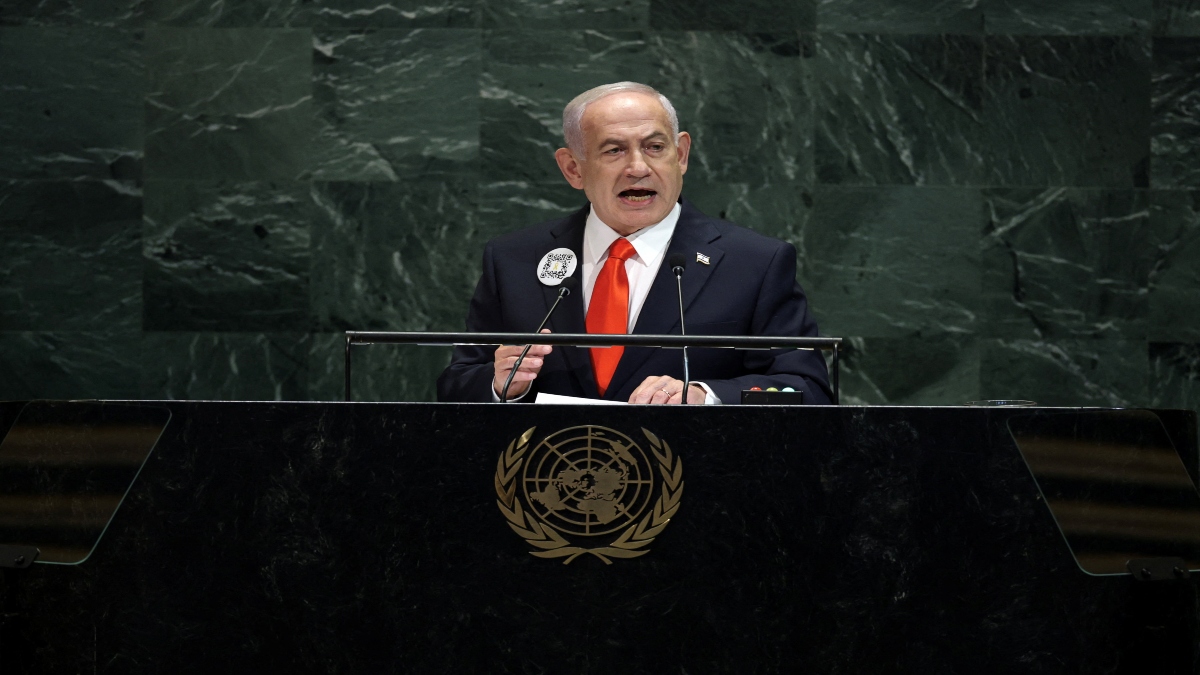)
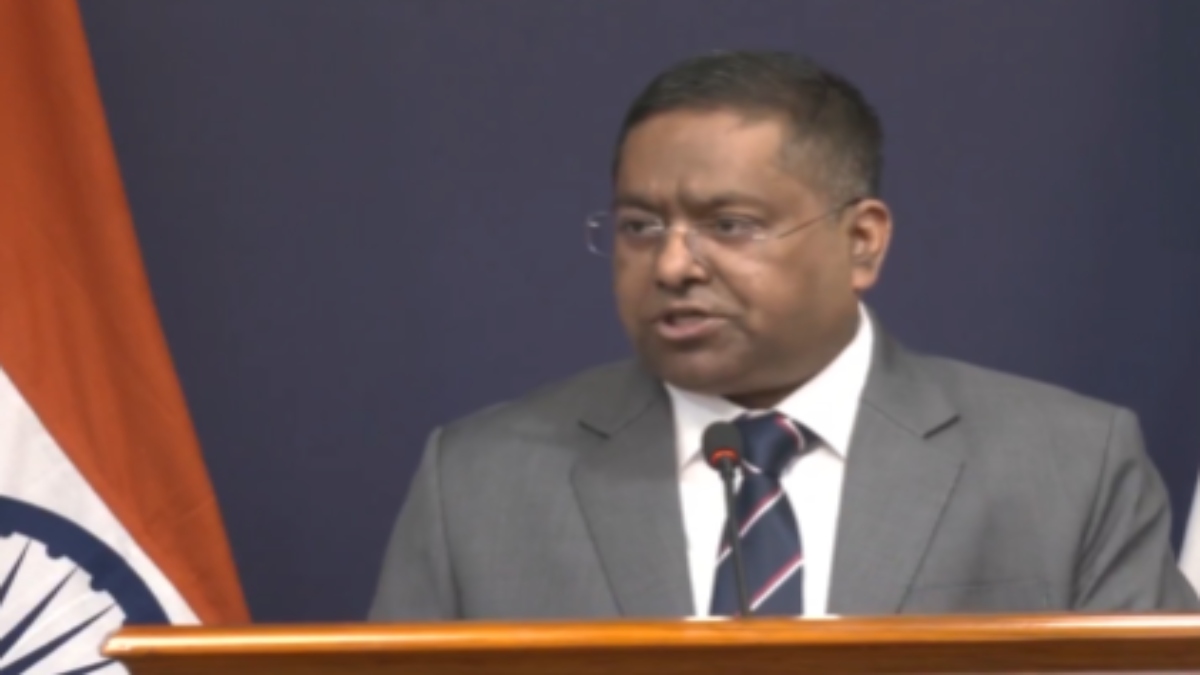)
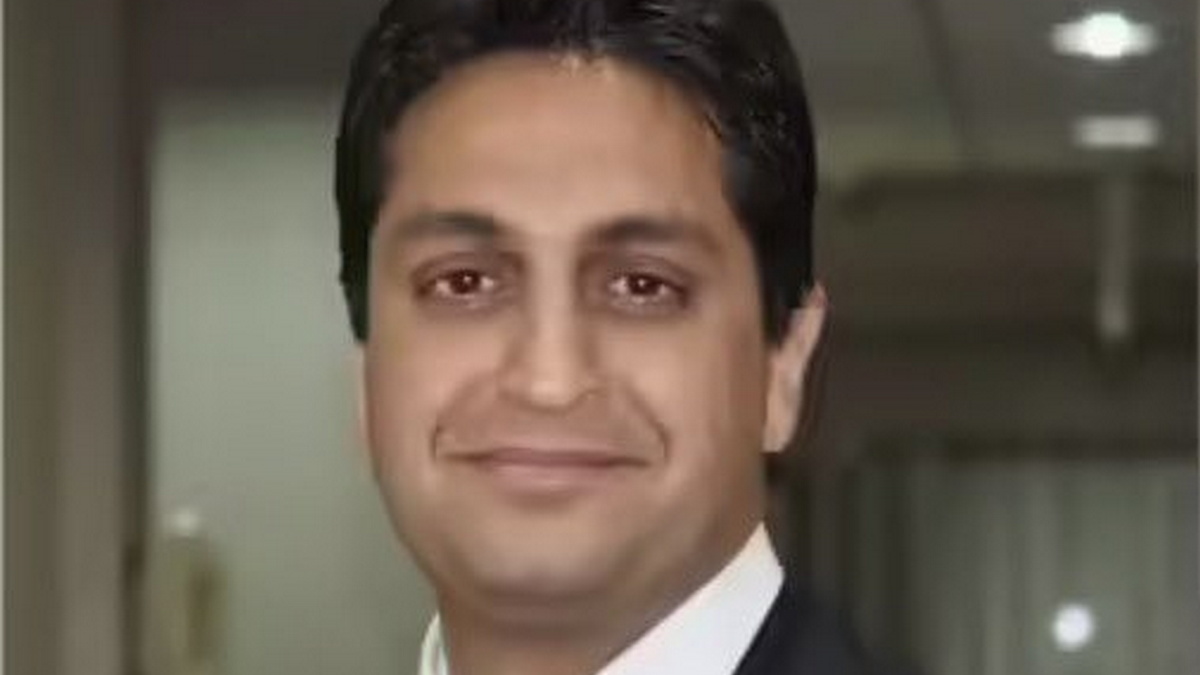)
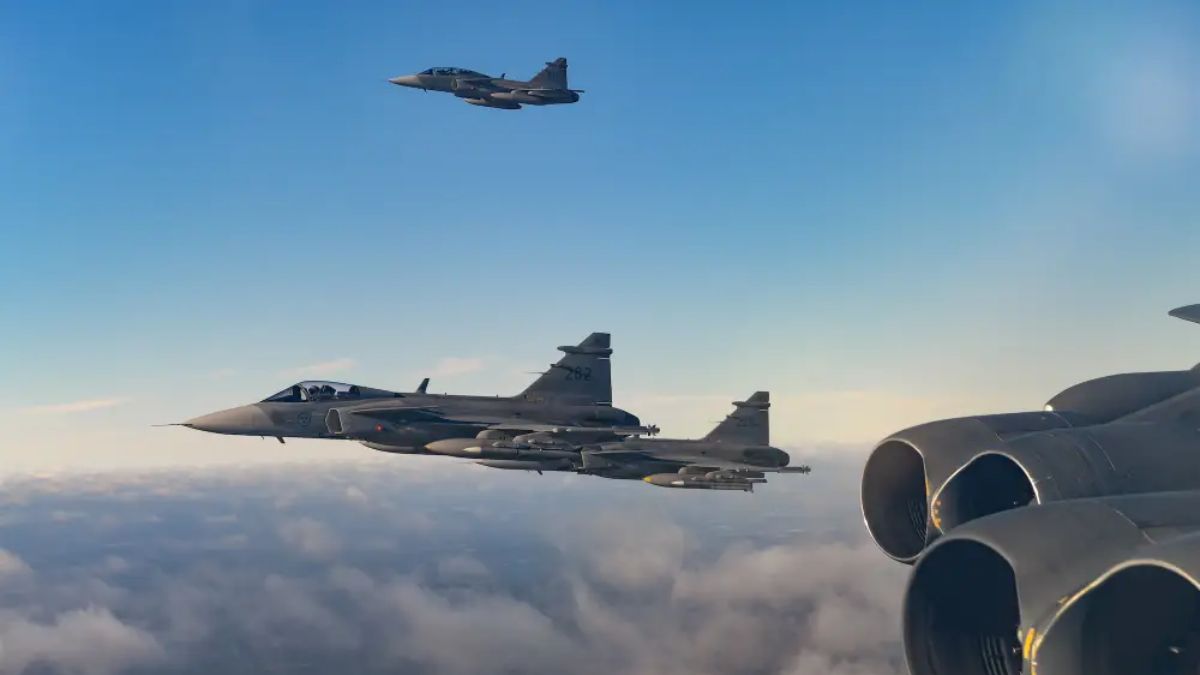)



